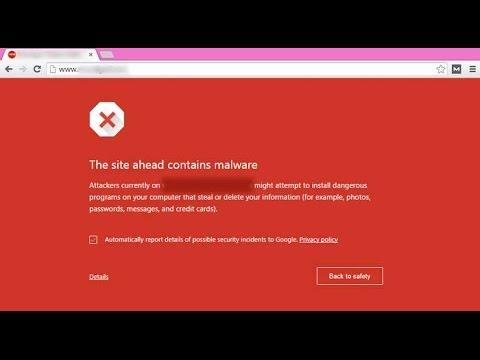How To Remove RevSlider SoakSoak Malware
WordPress powers more of the internet than any other content management system. In addition you'll want to be sure properly set up permalinks, setup redirects from your old Blogger site to your new WordPress site, redirect Blogger feeds to your new WordPress site, and lastly make sure you bring all of your media files with you. Use strong passwords, and change all your passwords -hosting account, FTP, WordPress admin, and user - regularly.
But, it will do what you can imagine, to protect your website, for example, if a plugin author adds a single letter in the plugin files just for an update. You will get an alert from Wordfense telling wordpress malware fix you about the exact location, and the line where the is a modification in the plugin. If there is a new version of a plugin and you need an update, WordFense will send you an email about the plugin that needs updating. By the way, the plugin author is really active and send an instant email to webmasters when there is a new attack around the world.
I get it, you're not convinced that a malware removal plugin (that is free) could cleanse your site. Some sites had received GWT warnings which prompted us to run the tool on a lot of our client sites to keep them healthy. For every site that Google had detected a malware issue with using this plugin and the steps above sorted this issue and the sites have received the green light again from Google.
Actually viewing the tables was the only way to see the hidden user they'd created… there was no way to see it from inside the WP admin panels. This will stop people scanning your site with the user agent Security Kol which is where most of these attacks are originating. I posted details about what I found in the WP forums back in April/May when it happened the first time. Do you know of any plugins that take a checksum of your particular wordpress install, then notify you if any of your files change.
Stolen FTP credentials: trojans and nasty viruses that are present on PCs and computers used to upload material to a WordPress can sniff out the login credentials used by website admins and pass them off to automated bots that can infect websites. Here are some steps that may help you clean up your WordPress installation after a hack attack that resulted in malware being injected into your installation.


